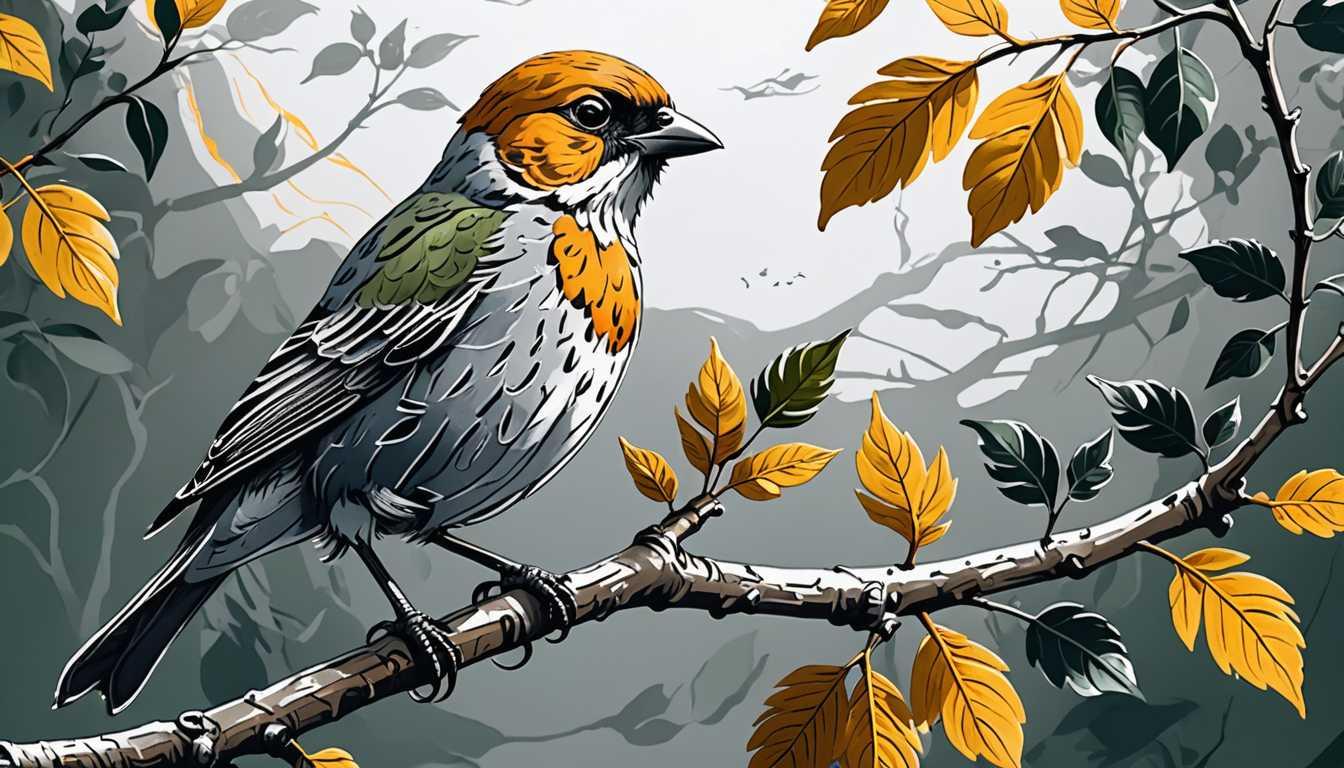CRISPR: Chickens' Shield Against Bird Flu
October 2023
MIT Technology Review
Introduction
Dive into the world of cutting-edge science with the MIT Technology Review's latest scoop: How gene editing could help curb the spread of bird flu. Imagine a world where chickens don't catch or spread the dreaded bird flu, thanks to the superhero powers of gene editing. Researchers have taken a bold step with CRISPR, tweaking chicken DNA to resist the virus. Spoiler alert: it's showing promise, but there's a twist in the tale! Get ready for a blend of science, chickens, and a dash of hope in this intriguing read.
READ FULL ARTICLEWhy It Matters
Discover how this topic shapes your world and future
Feathers, Flu, and the Future of Farming
Imagine a world where the chicken nuggets you love are not only tastier but also safer for you and the planet. This isn't a far-off dream, but a possibility brought closer by the magic of gene editing. Scientists are on the brink of revolutionizing how we combat bird flu, a virus that has caused the death of millions of birds worldwide and poses a potential threat to humans. By tweaking the DNA of chickens to make them resistant to bird flu, researchers are not just saving the lives of countless birds but are also taking a giant leap towards sustainable farming and global health security. This breakthrough could mean a future where food is more abundant, farming is less resource-intensive, and the risk of animal-to-human virus transmission is significantly lowered. For you, this might mean safer, healthier food and a world better equipped to handle global health challenges.
Speak like a Scholar
Gene Editing
A type of genetic engineering in which DNA is inserted, deleted, modified, or replaced in the genome of a living organism. Think of it as using a molecular scissors to cut and paste DNA.
CRISPR
A revolutionary gene-editing tool that acts like a precise pair of molecular scissors, capable of cutting strands of DNA at specific locations, allowing scientists to modify genes with unprecedented accuracy.
Protein Gene
A segment of DNA that encodes for a protein. Proteins are the workhorses of the cell, carrying out all sorts of functions to keep it running.
ANP32A Protein
A specific protein that flu viruses use to invade and hijack a chicken’s cells, leading to infection.
Virologist
A scientist who studies viruses and the diseases caused by them. They're like detectives, but for viruses, figuring out how they spread and how to stop them.
Proof of Concept
An early-stage experiment to demonstrate that a certain idea or theory is feasible. It's like a prototype to show that an idea can work in real life.
Independent Research Ideas
The Ethics of Gene Editing in Farming
Explore the moral implications of using gene editing in agriculture. Is it ethical to modify animals for human benefit? What are the potential risks and rewards?
CRISPR and Global Health
Investigate how CRISPR technology could be used to combat other infectious diseases in animals and humans. How can this technology change the future of medicine and global health security?
Environmental Impacts of Disease-Resistant Livestock
Examine how creating disease-resistant animals through gene editing could affect the environment. Could it lead to more sustainable farming practices?
The Evolution of Viruses in Gene-Edited Organisms
Study how viruses might evolve in response to gene-edited animals. Can we stay one step ahead of virus mutations, or are we inviting unforeseen consequences?
Public Perception of Genetically Modified Organisms (GMOs)
Research how the public's view on GMOs might affect the adoption of gene-edited animals in the food supply. What are the challenges and opportunities in educating the public on gene editing?
Related Articles

Mice Unleashed: Female Behavior Uncovered
February 2024
Cornell University

Finch Evolution: Nature's Survival Secrets
February 2025
Harvard Gazette

Bugs: Immunity Masters Unveiled
March 2023
Phys Org

Cows: Biomedical Breakthrough Stars
February 2024
Cornell University

Gene-Edited Pork Revolution
February 2024
Smithsonian Magazine